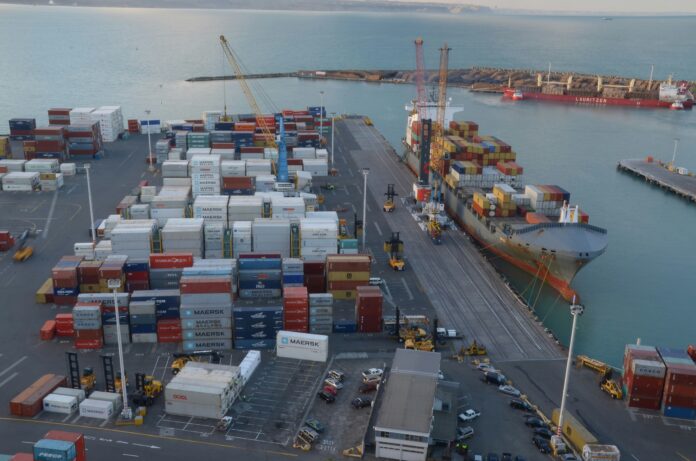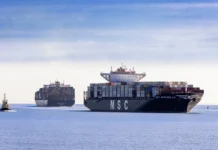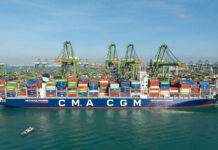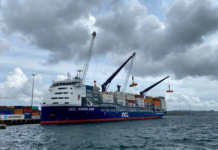
A US federal appeals court last week upheld a US Court of International Trade decision from earlier this year that deemed the president’s use of the International Emergency Economic Powers Act (IEEPA) to introduce tariffs illegal.
President Trump had relied on IEEPA for tariffs aimed at addressing illegal fentanyl imports from Canada, Mexico and China, and for the long list of country-specific reciprocal tariffs first announced in April. The decision sets an October 14th deadline for the administration to appeal to the Supreme Court and allows these IEEPA-based tariffs to remain in effect until the appeals process is exhausted. A final ruling by the Supreme Court would likely only come some time well into next year, meaning there are no immediate implications for supply chains, just more uncertainty.
If the Supreme Court upholds the decision, it is possible that payments already made for these tariffs would have to be refunded. But the administration has already employed more established trade acts for its sectoral tariffs, like those on steel and aluminum, automotive goods and copper, with expansions on the list of included items and tariffs on other sectors like pharmaceuticals, semiconductors and lumber possibly coming soon.
So striking down the IEEPA tariffs would be a significant change to the tariff landscape, but if they are removed expectations are that the administration would work to expand tariffs other ways like by increasing the use of trade laws leveraged so far as well as via other trade acts at its disposal.
In the meantime, some countries still without trade deals with the US, like Mexico facing a November tariff deadline, and India, for whom 50% tariffs went into effect last week, continue to take steps aimed at reaching agreements. But some countries that have arrived at deals in principle – like Japan and EU members – are not yet trading under the terms of those agreements as the details continue to be hashed out.
In ocean freight, transpacific container rates were stable last week at about $1,700/FEU and $2,700/FEU to the west and east coasts respectively. Daily rates to start this week though jumped up $400 – $500/FEU on both lanes, possibly reflecting carrier attempts at introducing September GRIs. Demand, space and rate trends of the last few weeks suggest it will be difficult for carriers to push these rate bumps through, though more blanked sailings are being announced as Golden Week approaches.
Even if successful though, those higher rate levels would be well below the West Coast peak season level of $7,000 – $8,000/FEU seen last year. Those rates would also still be lower than at any point last year, with the slow season low for the year at about $3,000/FEU in April 2024. These year on year comparisons, with Red Sea diversions still in place, likely point to growing overcapacity already putting downward pressure on rates.
Asia – N. Europe rates continue to ease from their elevated peak season level of about $3,400/FEU held in July and into August. Rates decreased 7% to $2,841/FEU last week, with Asia – Mediterranean prices dipping 2% to about $3,000/FEU. Carriers are expected to increase blanked sailings for these lanes as well. That these rates are also beneath the year lows for 2024 when Red Sea diversions were attributed with causing the highly elevated price baseline, likewise suggests fleet growth is contributing to overall lower rates year on year, even as carriers continue to order more ships.
In air cargo, the recent US tariff increases on India are leading to reports of some demand and capacity increases out of neighboring Bangladesh. The trade war has also driven a big increase in air cargo volumes, especially electronics, out of Vietnam, with resulting increases in capacity not only to the US but to Europe as well.
The US ended the de minimis exemption for imports from all countries last week, after closing it to just China back in May. The full closure will likely further impact importers who relied on the exception and contribute to higher prices for many e-commerce shoppers. But in terms of US bound air cargo, the lion’s share of impact from de minimis changes has likely already been felt with the China suspension.
According to USCBP, in 2024 three quarters of de minimis entries to the US were from China and since the exemption was closed to Chinese imports in May, daily de minimis entries have dropped by about 85%. The two next biggest countries of origin for de minimis entries to the US are Canada and Mexico, which mostly rely on road transport.
There are reports of significant drops – some up to 50% – in China-US e-commerce air cargo shipments since May. But at the same time, the big Chinese e-comm platforms have shifted some of their focus – and air cargo capacity – to other markets, especially Europe where e-comm imports have doubled in value in the same period. This shift may mean, globally, air cargo may not have felt a sharp slowdown and may not feel much of an impact from US de minimis closing completely since China played such an outsized role.
Even with these trade war-driven volume shifts, the quick, parallel shifts of capacity seem to have kept air cargo rates relatively stable.
Freightos Air Index China – Europe rates increased 5% to $3.70/kg last week, with prices to N. America down 5% to about $5.30/kg – both within the general price ranges seen since the spring. Rates from South East Asia to N. America were at $4.63/kg last week, down from $4.82/kg the previous week but at around the average since May. Prices from SEA to Europe are at $3.70/kg, up from about $2.70/kg in mid-July, and back to levels seen in June, possibly reflecting capacity adjustments on this lane.
Judah Levine, Head of Research, Freightos Group (Nasdaq: CRGO)




